How to Obtain Your MC Number: A Step-by-Step Guide for Trucking Companies
Step-by-Step Guide to Securing Your MC Number for Interstate Trucking Success
How to Obtain Your MC Number: A Step-by-Step Guide for Trucking Companies
Starting a trucking business in the U.S. requires obtaining Motor Carrier (MC) Authority, which is issued by the Federal Motor Carrier Safety Administration (FMCSA). An MC number is essential for companies that plan to transport goods across state lines. Here’s a simplified guide to help you through the process.
Step 1: Set Up Your Business Structure
Begin by establishing your business legally, which can often be done as an LLC or corporation. This setup provides liability protection and tax benefits. Here’s what to do:
- Get an Employer Identification Number (EIN): Request your federal tax ID through the IRS.
- Register your business name and entity type: Register with your state to meet local business requirements.
Having an official business structure is necessary for completing the following steps.
Step 2: Obtain a USDOT Number
A USDOT number is required for interstate operation. It serves as your company’s unique identifier for tracking safety records and compliance:
- Visit the FMCSA’s Unified Registration System (URS): Complete the online application with company and vehicle details.
- Pay the $300 fee: This non-refundable fee covers the USDOT application.
Your USDOT number is issued quickly, allowing you to continue to the MC application.
Step 3: Apply for Your MC Number
With a USDOT number, you can apply for your MC number, required for interstate trucking. Here’s how:
- Submit your MC application in the URS: Provide detailed business and vehicle information.
- Pay the additional $300 fee: The FMCSA processes applications within 20-25 business days.
This MC number is necessary for transporting regulated goods across state borders and is a key part of your federal compliance.
Step 4: File a BOC-3 Form
The BOC-3 (Blanket of Coverage) form designates a process agent in each state where you operate, who can receive legal documents on your behalf:
- Select a process agent: Many third-party providers can help file this form.
- Submit the BOC-3 form electronically: This completes your FMCSA compliance steps.
Filing this form is mandatory, so ensure it’s completed promptly.
Step 5: Secure Insurance Coverage
FMCSA regulations require carriers to have adequate insurance to activate the MC number. Generally, this includes:
- Liability insurance: Starting at $750,000 minimum, though hazardous materials require more.
- Cargo insurance (for-hire carriers): Varies by cargo type.
After purchasing insurance, your provider will file the necessary forms with the FMCSA to verify your coverage.
Step 6: File for a UCR Permit
The Unified Carrier Registration (UCR) ensures that carriers meet insurance requirements for interstate operations. To register:
- Register and pay UCR fees online: Fees vary based on the size of your fleet.
UCR registration is essential for interstate compliance and prevents operational delays.
Step 7: Pay the Heavy Vehicle Use Tax (HVUT)
The Heavy Vehicle Use Tax (HVUT) applies to vehicles weighing over 55,000 pounds. To pay it:
- File IRS Form 2290: Submit it with the associated tax to the IRS, and retain proof of payment.
This tax is mandatory for large vehicles, with funds going toward highway maintenance.
Step 8: Register for IRP and IFTA
For multi-state operations, most carriers need to register for both the International Registration Plan (IRP) and the International Fuel Tax Agreement (IFTA):
- IRP: Register to operate in multiple states with a single registration.
- IFTA: File quarterly fuel tax reports in your home state for compliance across jurisdictions.
These programs simplify registration and fuel tax compliance when operating across state lines.
Step 9: Enroll in a Drug and Alcohol Testing Program
The FMCSA requires all CDL drivers to be part of a drug and alcohol testing program to maintain safety standards. Enroll with a testing provider that follows FMCSA’s guidelines for pre-employment, random, and post-accident testing.
Obtaining your MC authority is an essential step in building a compliant and successful trucking business. Following these steps ensures your company meets FMCSA requirements, keeping you safe and legal on the road.
If you need assistance with any part of this process, feel free to reach out. Starting your own authority can seem daunting, but with the right support, you’ll be ready for a smooth launch.

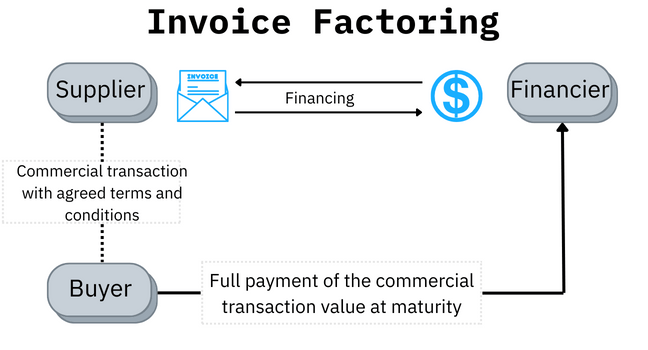
VISIT US
HOURS
Monday - Friday
8:00am - 5:00pm MST
Closed All Major Holidays
We provide working capital to businesses in all 50 states.

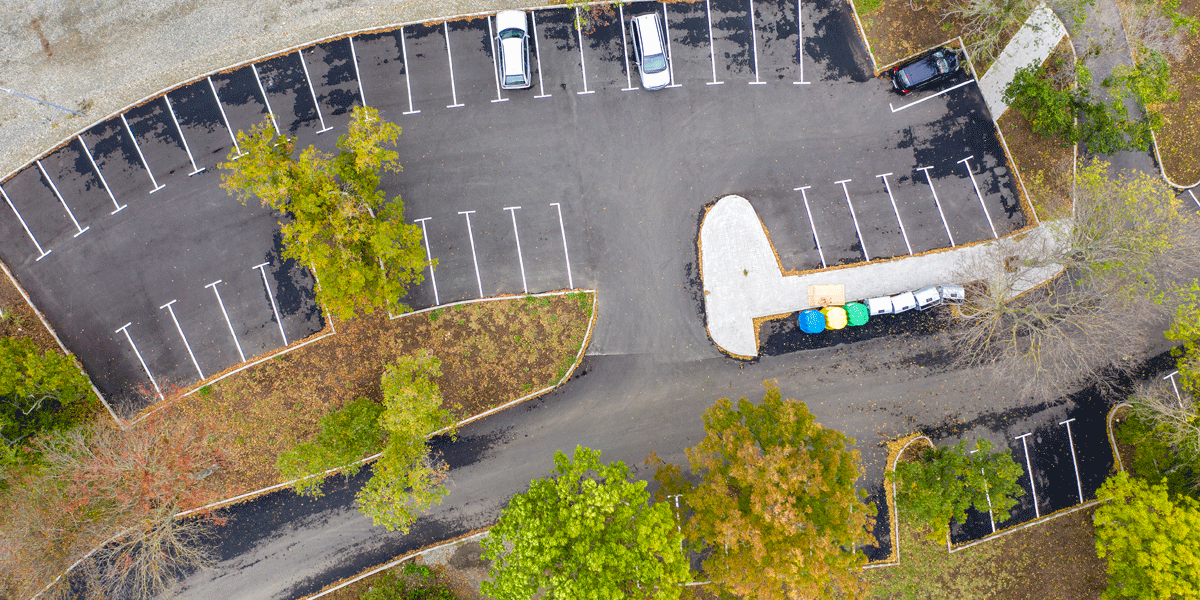
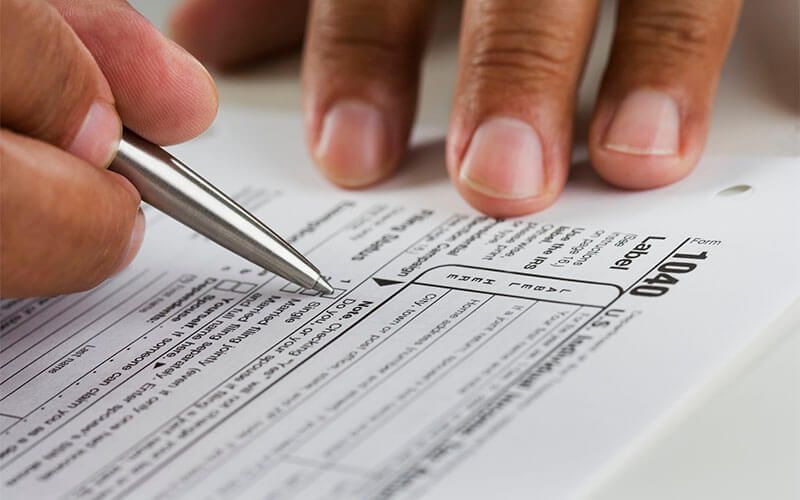
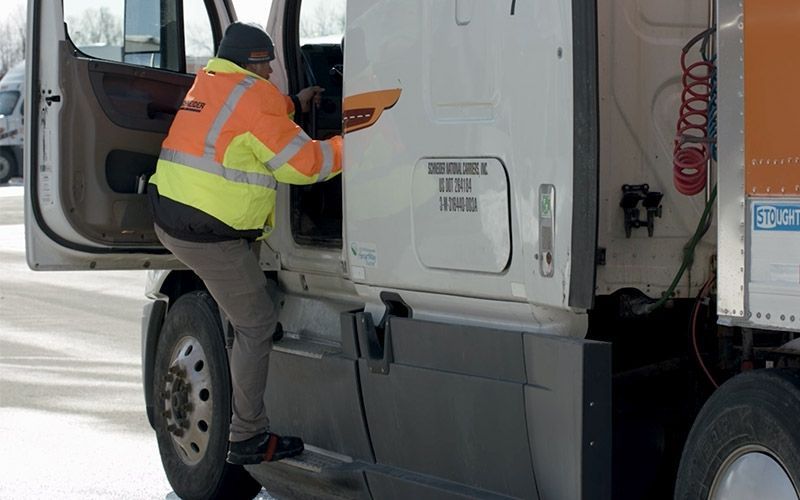
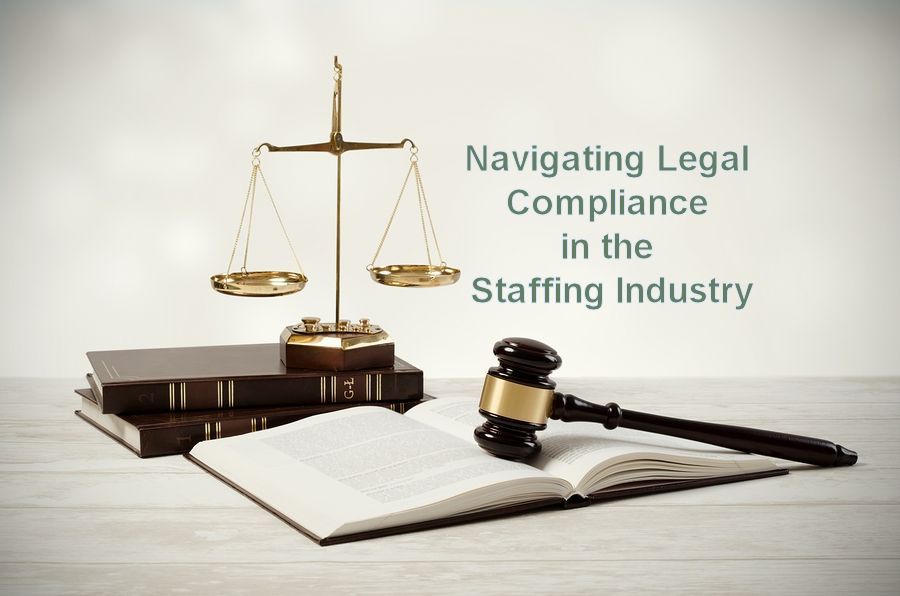



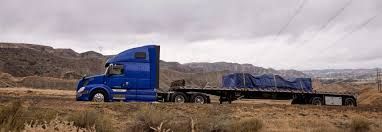
Share On: